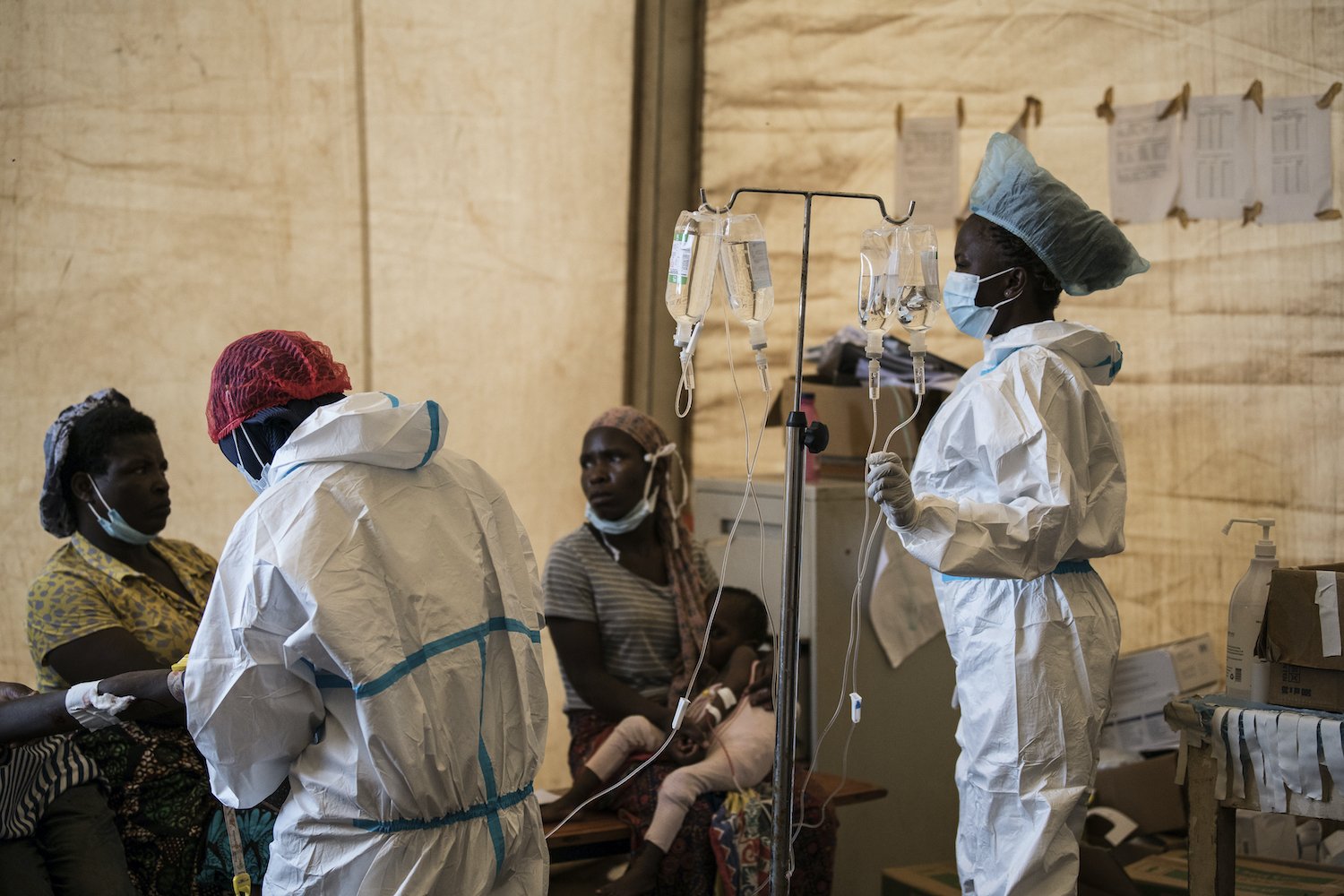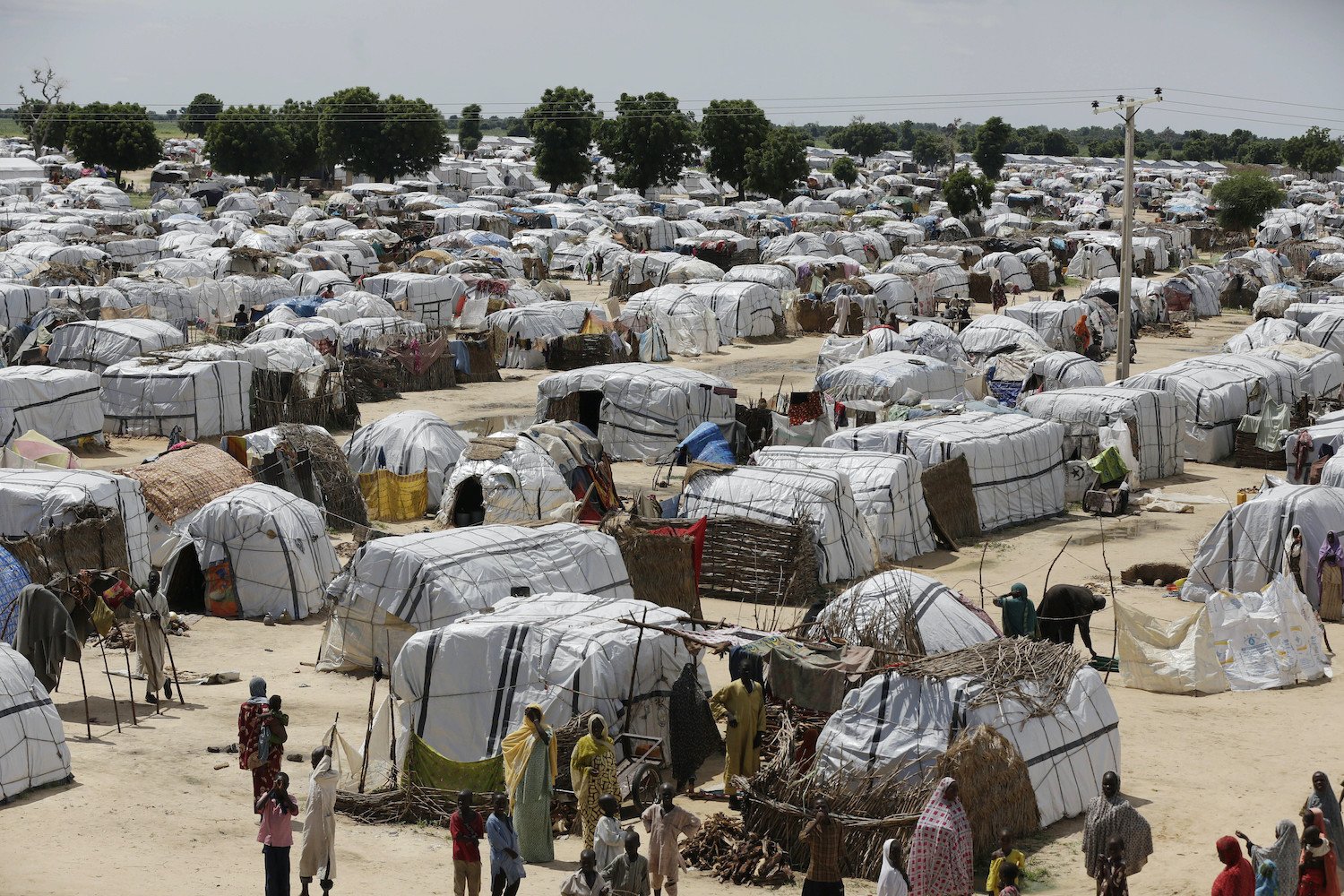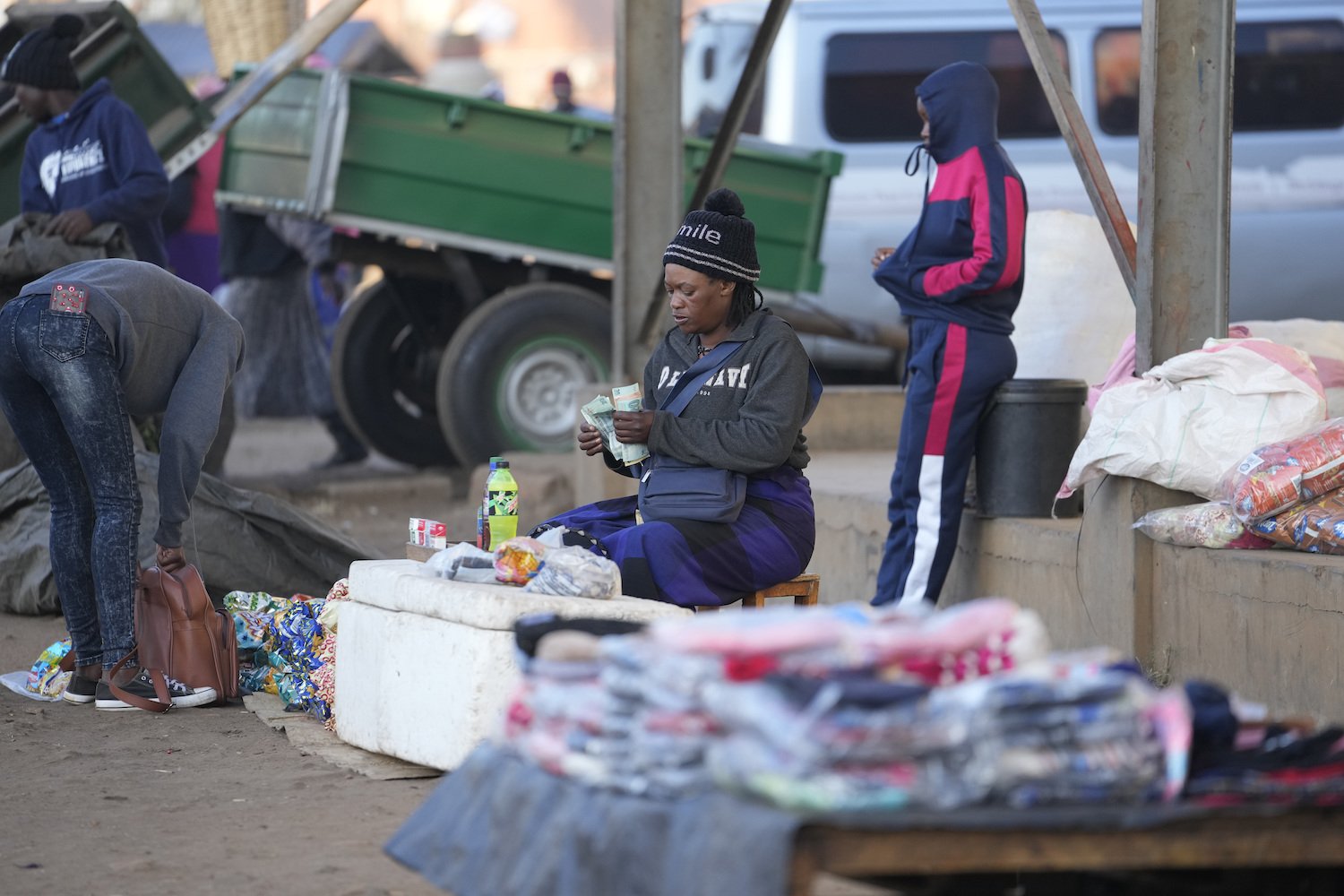A question for you: have you heard about Zambia’s escalating HIV crisis? No? Well what about Angola experiencing one of the most intense droughts in its history, have you heard anything about that?
If not, it’s not surprising, because nor have a lot of people. Despite the world having this wonderful access to information technology where news and stories can be shared globally with just the click of a button, some of the most crucial stories and events are going overlooked.
Global media attention can be both fickle and fleeting and, often depending on where a crisis is happening or who the people are being impacted, the threat to lives and the urgent action needed can often go un- or underreported. This in turn, can affect the political and humanitarian attention that each crisis receives.
Humanitarian agency CARE International released a report this month called, Breaking the Silence: The 10 most underreported humanitarian crises of 2022. The report dives into the crises that are impacting millions of people yet received the least media coverage of the past year — they found that all of them are on the African continent.
CARE’s research compares the coverage of these crises to the coverage of major pop culture moments, and the results are… revealing.
In Malawi, for instance, 5.4 million people are facing an acute hunger crisis as a result of tropical storms such as Cyclone Ana — with 2,330 articles written about the crisis.
That might sound like quite a lot — until you compare it with the 217,529 articles written about the Chris Rock/Will Smith incident at last year’s Oscars. That’s almost 93 times more articles than the hunger crisis in Malawi.
According to CARE, the main reason these humanitarian crises don’t get more attention is because they often don’t suit the criteria of being compelling enough news, which, according to experts CARE consulted for the report, “prioritize dramatic, timely, familiar, unambiguous, and easy-to-explain stories, which are assumed to resonate with their target audiences.”
But now more than ever, as the climate crisis wreaks havoc, the refugee and displacement crisis is the worst it's been in decades, the global food crisis leaves millions going hungry every day, and conflict is raging across countries and continents — we can all play a part in making sure all crises get the attention they need. And how do we do that? We asked Emily Janoch, Senior Director for Thought Leadership, Knowledge Management, and learning at CARE USA.
“As an individual, diversify your news sources. Look at what you consume, click on, and share. If that hasn’t covered one of these crises, start thinking about why, and who might be covering those issues,” she said.
“Also look at who is telling the story," she added. "Is it someone who is impacted by the crisis? Does it show the people involved as humans who can act and who deserve better? Or does it only treat them (especially women) as victims?”
Let’s start with learning more about 10 of the world’s crises we need to keep talking about — and get involved in taking action to help by heading to the Global Citizen app and taking our "Neglected Crises: Raise Your Voice" challenge.
1. Angola: Drought, Hunger & Displacement
Southern Angola is experiencing its most damaging drought in 40 years. This is a result of rising temperatures, with CARE reporting that there’s potential for these droughts to be more frequent due to climate change.
The droughts are causing climate migration, and have impacted food insecurity resulting in 3.8 million people not having enough to eat. It also doesn’t help that Angola is also one of the countries with the highest food price increases as a result of the war in Ukraine.
2. Malawi: Cyclones, Cholera & Hunger
 Health workers treat cholera patients at the Bwaila Hospital in Lilongwe central Malawi on Jan. 11, 2023. Malawi’s cholera outbreak has now claimed more than 1,000 lives by Tuesday, Jan. 25, 2023 according to the country’s health minister, who warned that some cultural beliefs and hostility towards health workers are slowing down response efforts.
Health workers treat cholera patients at the Bwaila Hospital in Lilongwe central Malawi on Jan. 11, 2023. Malawi’s cholera outbreak has now claimed more than 1,000 lives by Tuesday, Jan. 25, 2023 according to the country’s health minister, who warned that some cultural beliefs and hostility towards health workers are slowing down response efforts.
We’ve mentioned that 5.4 million people in Malawi are experiencing an acute hunger crisis as a result of damaging cyclones. We also need to mention that Malawi’s health care system is under strain due to rising HIV cases and intense cholera outbreaks, seen as a result of not enough access to clean drinking water.
3. Central African Republic: Conflict & Climate Change
One in two people in the Central African Republic don’t have enough to eat. The changing weather conditions have impacted the soil that the country’s food grows from, while storms and floods have destroyed thousands of homes and left 10,000 children without schools to attend.
The country has also experienced unceasing conflict since 2013, which has resulted in a severe refugee crisis with over 740,000 people seeking refuge across the borders and 500,000 people experiencing internal displacement.
4. Zambia: Increased Poverty, HIV & GBV
More than half the Zambian population lives in extreme poverty — meaning living on less than $1.90 a day — and the country is experiencing some of the worst malnutrition rates in the world as a result of economic instability and the climate crisis affecting agriculture.
Meanwhile, more than 10% of people have recently been infected with HIV and, in 2021, around 19,000 people died of AIDS in the country. Gender-based violence is also highly prevalent in the country, particularly following the COVID-19 pandemic and lockdowns that also saw economic hardship increase across the country.
5. Chad: Unrest & Floods
 A top view of one of the biggest camp for people displaced by Islamist extremists in Maiduguri, Nigeria on Aug. 28, 2016. Droughts, flooding and a shrinking Lake Chad caused in part by climate change is fueling conflict and migration in the region and needs to better addressed, a report said Thursday, Jan. 19, 2023.
A top view of one of the biggest camp for people displaced by Islamist extremists in Maiduguri, Nigeria on Aug. 28, 2016. Droughts, flooding and a shrinking Lake Chad caused in part by climate change is fueling conflict and migration in the region and needs to better addressed, a report said Thursday, Jan. 19, 2023.
Armed conflicts and insurgency have remained a major issue in the Sahel region of North Africa for several years, and right now, 6.1 million people in the region are in need of humanitarian aid as a result. Chad is also experiencing serious blows from the impacts of climate change, as irregular rainfall has impacted agriculture, increasing malnutrition and hunger, and extended rain periods resulting in catastrophic flooding.
6. Burundi: Economic Crisis & Natural Disaster
Over 70% of Burundi’s people live below the poverty line, and 1.8 million people are in need of humanitarian assistance due to the lack of safe drinking water and inadequate access to health care. Climate migration has also been a major issue, with 85,000 people being forced to leave their homes following extreme flooding.
7. Zimbabwe: Climate Shocks & Increased Poverty Rates
 A vendor counts her money after making a sale in Harare, Thursday ,June, 2, 2022. Rampant inflation is making it increasingly difficult for people in Zimbabwe to make ends meet. Since the start of Russia’s war in Ukraine, official statistics show that Zimbabwe’s inflation rate has shot up from 66% to more than 130%. The country's finance minister says the impact of the Ukraine war is heaping problems on the already fragile economy.
A vendor counts her money after making a sale in Harare, Thursday ,June, 2, 2022. Rampant inflation is making it increasingly difficult for people in Zimbabwe to make ends meet. Since the start of Russia’s war in Ukraine, official statistics show that Zimbabwe’s inflation rate has shot up from 66% to more than 130%. The country's finance minister says the impact of the Ukraine war is heaping problems on the already fragile economy.
High inflation and economic instability mean more than half the Zimbabwean population is living in extreme poverty. The climate crisis, including intense drought periods followed by heavy rainfall, have impacted food production and food security, resulting in food shortages and insecurity across the country.
8. Mali: Conflict & Climate Crisis
Ongoing violence and two coups in 2020 and 2021 have led to citizens fleeing the country in large numbers — resulting in 2.5 million children dropping out of school, and exposing women and girls to the threat of sexual violence. The climate crisis has also hit Mali hard, with floods and droughts contributing to crop failure and increasing malnutrition and hunger in the country.
9. Cameroon: Displacement, Conflict & Economic Instability
Cameroon has faced crisis after crisis over the last decade, and currently 3.9 million people are in need of emergency humanitarian assistance — that’s around 14% of the country.
There has been ongoing conflict and political unrest since 2016, resulting in 3,000 schools closing down, and citizens becoming internally displaced — this despite the fact that there is already a large influx of refugees entering Cameroon to escape violence in the neighboring Central African Republic. Water and sanitation is also a major issue, with 1.8 million people unable to access clean water.
10. Niger: Hunger & Lack of Development
“In general, Niger is a country of records: one of the hottest countries, it has the highest fertility rate, and the highest population growth in the world,” the report highlights. Yet, despite these records, little to no investment has been made into the country’s development and climate adaptation. Natural disasters such as droughts, together with ongoing conflict and insurgency, have led to food instability — 4.4 million people are acutely food insecure, and half the country’s children under the age of 5 are chronically malnourished.
Now you're done reading, don't forget to head to the Global Citizen app and take our "Neglected Crises: Raise Your Voice" challenge to learn more about these crises, quiz yourself on what you've learned, and take our pledge to play your part in making sure all the world's crises get the attention they need and deserve.